[Read part I here]
The Oscar-hopeful film “Zero Dark Thirty,” about the ten-year manhunt for Osama bin Laden, has been the source of intense debate over its depiction of American use of torture.
Filmmaker Kathryn Bigelow, the film’s director and screenwriter Mark Boal have both been accused of promoting the effectiveness of torture, albeit misleadingly, as well as deeper insults such as artistic moral blindness.
The film’s impact has reverberated in the press and in the corridors of power in Washington, igniting debate about the role “coercive” interrogation played in the eventual revelation of Osama bin Laden’s whereabouts. Last week, the Senate Intelligence Committee launched an investigation into the contact between the filmmakers and their sources at the C.I.A., citing “inappropriate” and misleading exchange of information.
But outrage at the filmmakers’ depiction of torture, and its questionable usefulness, is misdirected. Though some allege that the U.S.’s controversial interrogation program caused convulsions throughout the halls of government, the compromised behavior of the country during the ceaseless War On Terror was not only evident in its application of so-called “enhanced interrogation.”
To truly discern the country’s post 9/11 values in action, one need not focus on movie scenes of torture (that may or may not have helped find Osama bin Laden), but on the actual sequence of events that occurred during Operation Neptune Spear, just around Zero Dark Thirty, the night bin Laden was killed.
Since that fateful night almost two years ago, various and often contradictory accounts have emerged to explain the sequence of events leading to the death of the world’s most wanted terrorist. Early accounts from the White House, as well as the New York Times, depicted a valorous tale of U.S. bravery in the face of unmitigated danger. But as more information surfaces and more individuals step forward with firsthand accounts, a different, more complicated picture arises.
In his review of Mark Owen and Kevin Maurer’s book, “No Easy Day: The Firsthand Account of the Mission That Killed Osama bin Laden” (Owen is a pseudonym for retired SEAL Matt Bissonnette who participated in the raid) Pulitzer-Prize winning journalist Steve Coll writes in The New York Review of Books that “there might be more to the subject of bin Laden’s killing than a straightforward story of justice delivered.”
In his essay, he pieces together numerous accounts and statements that unveil the potential moral hypocrisy of the U.S. strategy — a strategy carried out by both the Bush and Obama Administrations — claiming to want bin Laden “dead or alive.”
Coll suggests that although the U.S. government had stated its willingness to capture bin Laden alive, even claiming it as a goal, the facts suggest this was a dubious proposition: “a fig leaf created mainly for appearances’ sake.”
In his insightful and revelatory article, Coll points to the various moral and political dilemmas counterterrorism has imposed on the Obama administration, leading it to wrestle with the perdurability of American values. For example, Coll explains, both the public and political risks of putting terrorists on trial ultimately “led [the] White House to discover that ‘killing was a lot easier than capturing,’” a phrase coined by journalist Daniel Klaidman who used it to title his book “Kill or Capture.”
How to ethically and responsibly handle the capture of terrorists proved a heavy burden. The failure, for example, of the Obama Administration and Congress to engender enough political will to shutter the prison at Guantánamo Bay is probably the most salient emblem of the its political usefulness, even though its existence exacts a moral cost.
Coll writes:
President Obama…never said publicly whether he favored putting bin Laden on trial or killing him. In early 2009, in a speech at the National Archives, Obama announced that he would end the policy of using interrogation methods judged to be torture by the International Red Cross, and that he would close Guantánamo’s prison. He indicated that he would be open to trying some terrorists before military commissions, rather than dispatching all of Guantánamo’s inmates to federal courtrooms, but he declared that we “cannot keep this country safe unless we enlist the power of our most fundamental values.” He promised policies based on “an abiding confidence in the rule of law and due process.” He added that “fidelity to our values” is the “reason why enemy soldiers have surrendered to us in battle, knowing they’d receive better treatment from America’s Armed Forces than from their own government.”
And yet, Coll claims that the values propounded above are inconsistent with some of the actions the government has taken — particularly on the night Osama bin Laden was killed, a drama that constitutes the climax and conclusion of “Zero Dark Thirty.” Here, again, as in the film’s early scenes of torture, the filmmakers have chosen to treat certain details with disturbing ambiguity.
Coll does a great service in attempting to reconcile Bissonnette’s firsthand account with other “official” accounts. And he goes not shrink from addressing the veracity of Bissonnette’s claims:
Typically, the authors of such memoirs submit their manuscripts before publication for official review, to scrub the works of classified information. Bissonnette declined to do so; he writes that he eliminated all secret information from his book on his own. The Pentagon has declared that Bissonnette is in breach of his legal obligations, but so far the government has taken no action against him.
The main thrust of Coll’s argument is this: Early reports of the raid claimed that a “firefight” took place between bin Laden and members of SEAL Team 6, that he used women’s bodies as shields during a gunfight — thusly implying there was a struggle and bin Laden was “justly” killed. But revelations from Bissonnette’s book depict a scene in which none of that happened; he claims there was no firefight with bin Laden and that he was unarmed when he was killed. Coll recounts: “Bin Laden had stored a gun on a shelf nearby but it contained no ammunition; there has been no evidence that he tried to get hold of it; he was neither armed nor aggressive at the moment of his death.”
Nevertheless, the following is Bissonnette’s description of how bin Laden died:
The point man’s shots had entered the right side of [bin Laden’s] head. Blood and brains spilled out of the side of his skull. In his death throes, he was still twitching and convulsing. Another assaulter and I trained our lasers on his chest and fired several rounds. The bullets tore into him, slamming his body into the floor until he was motionless.
Though the SEAL Team commendably held their fire earlier in the raid when a woman exited the compound carrying a baby, their approach to bin Laden was altogether different. It seems this was due to orders.
“Having chosen to go in on the ground,” Coll writes, “Obama evidently did not wish to design a mission that precluded the theoretical possibility that bin Laden might surrender. Instead, he approved rules of engagement that made bin Laden’s surrender all but impossible.”
Coll adds that in Klaidman’s book, “Kill or Capture,” a Pentagon official is quoted as saying, “The only way bin Laden was going to be taken alive was if he was naked, had his hands in the air, was waving a white flag, and was unambiguously shouting, ‘I surrender.’”
Thus, the question about protocol arises, and whether or not that protocol was in line with American values of due process, enemy surrender, and other principles enumerated in Obama’s National Archives speech. Furthermore, it makes the issue of torture’s efficacy — and the subsequent Congressional fury over a movie portrayal — seem beside the point.
Again and again, the filmmakers of “Zero Dark Thirty” have claimed they did their best to recount events as they happened, without offering commentary or critique. It is the film's strength and its weakness. But to blame them for excising a moral debate about torture when the U.S. government's position is frightfully tenuous seems misguided.
In the end, “Zero Dark Thirty’s” brilliance is in its blankness. In presenting a decade-long sequence of events that will likely go down in history as the most pivotal and world-changing ten-years of the 21st century, the filmmakers are inviting audiences to think deeply and to reflect; not to garner meaning but to impose their own on the film’s morally blank slate. Seen that way, the vigorous responses to “Zero Dark” are quite refreshing, even promising, if in some way they indicate that true values can’t be prescribed by politics or presidents, but are gleaned through human instinct.







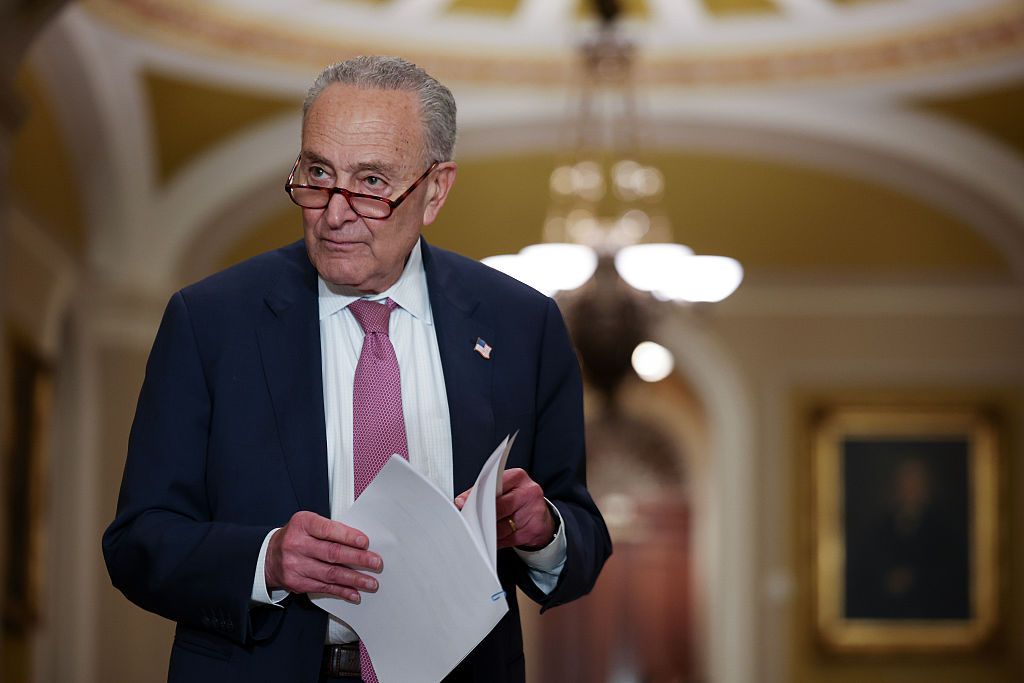
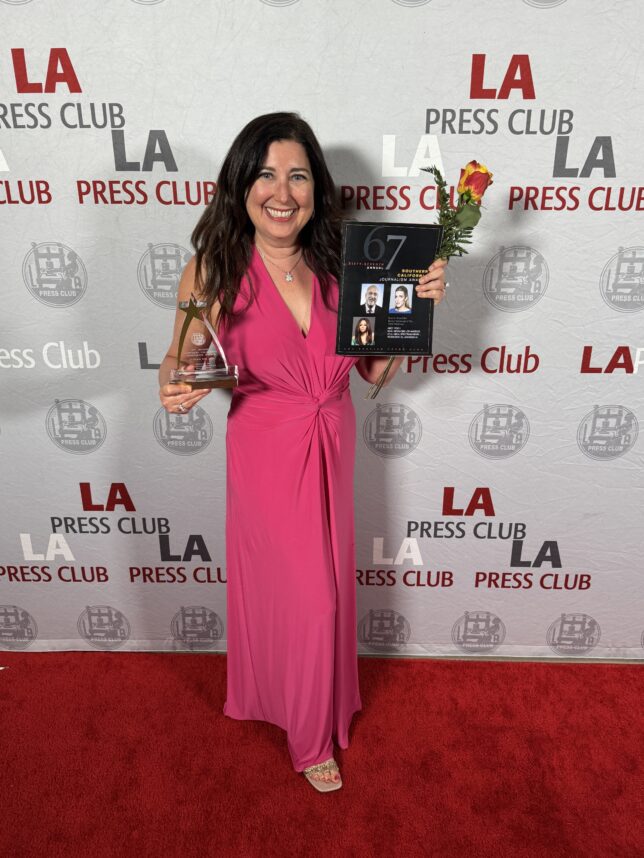
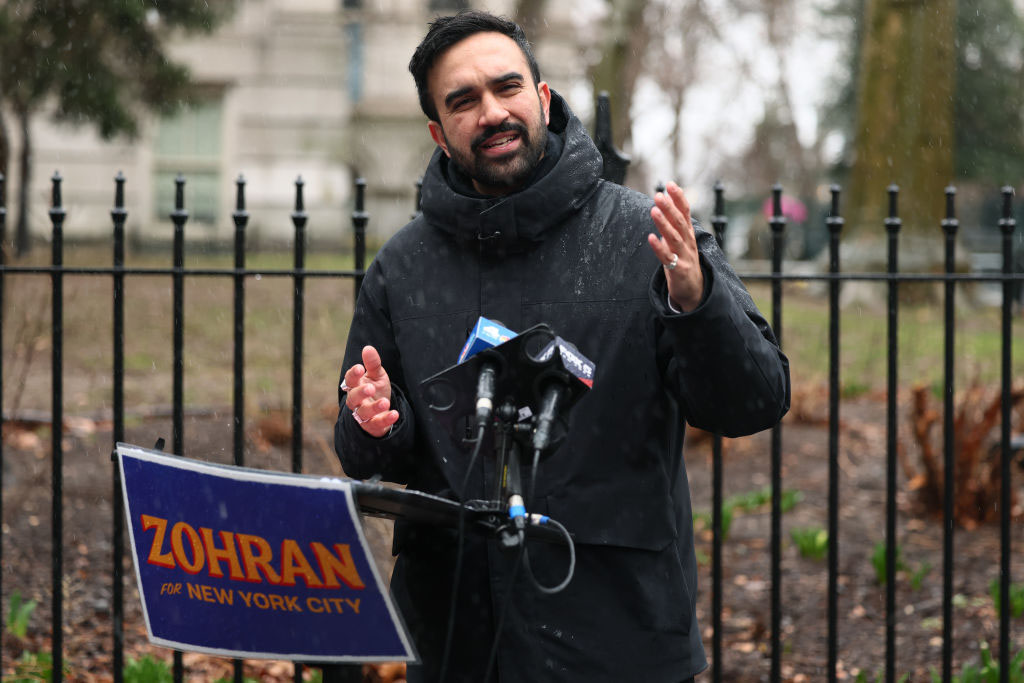



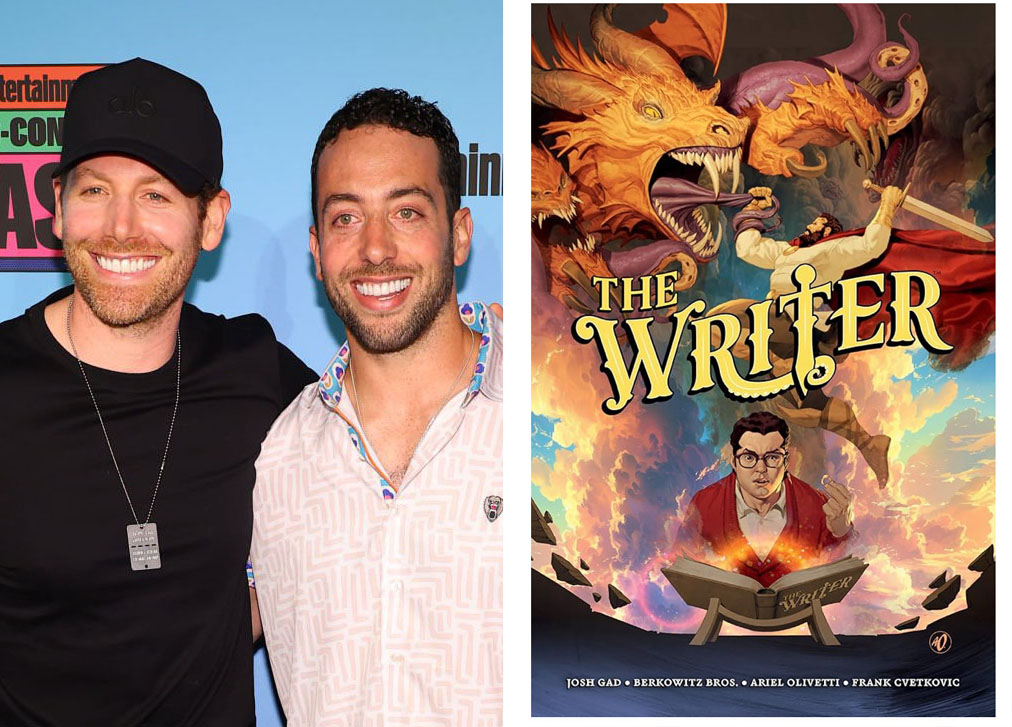





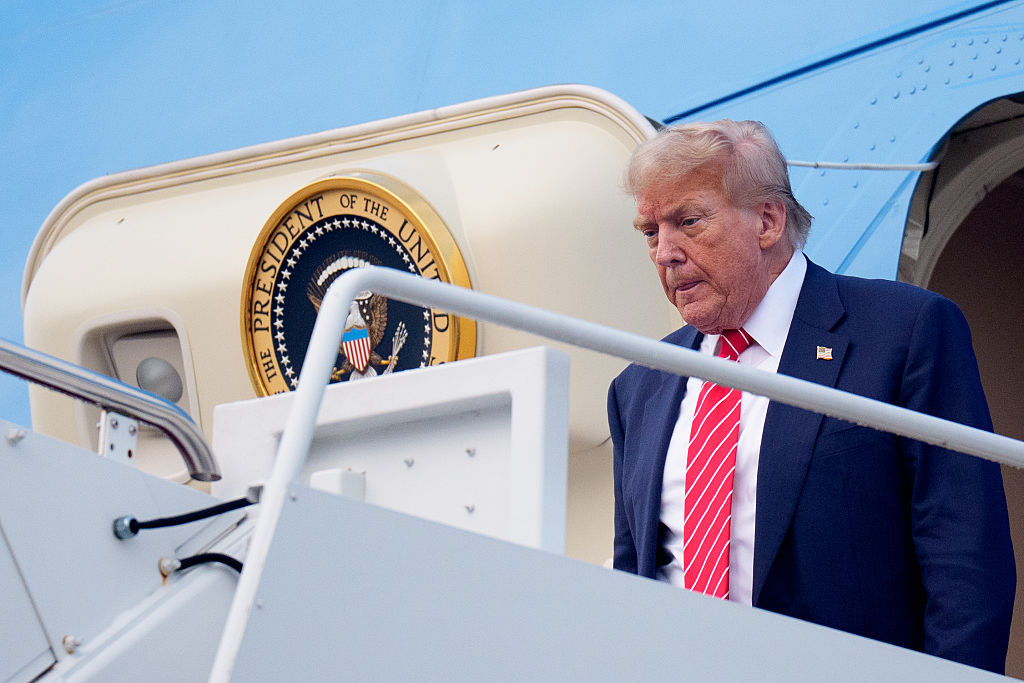


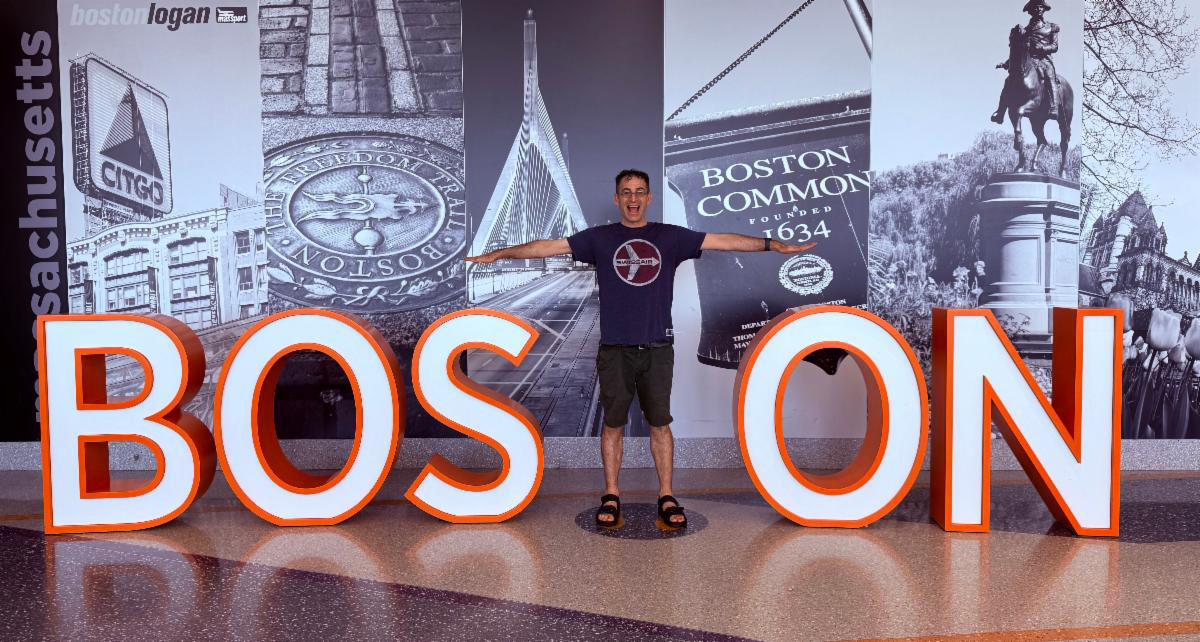
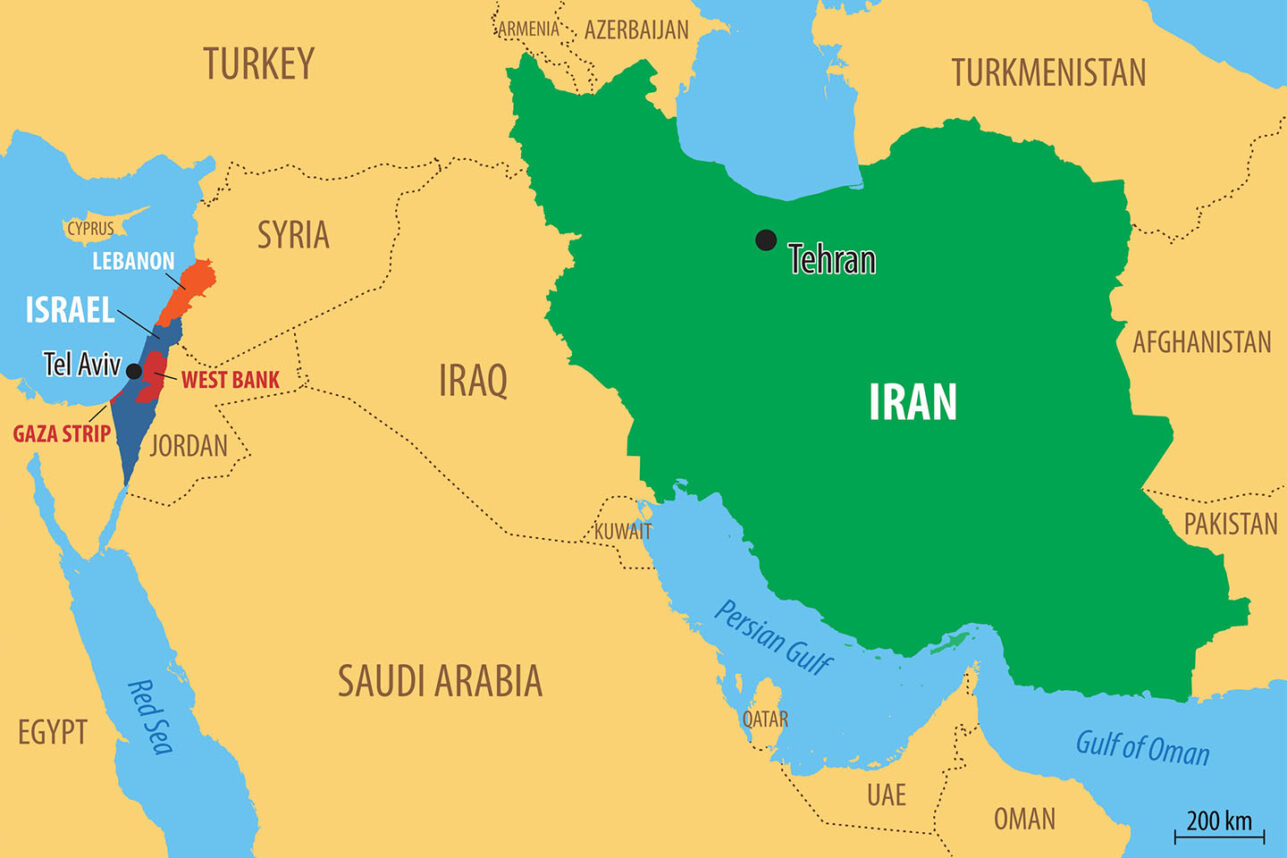
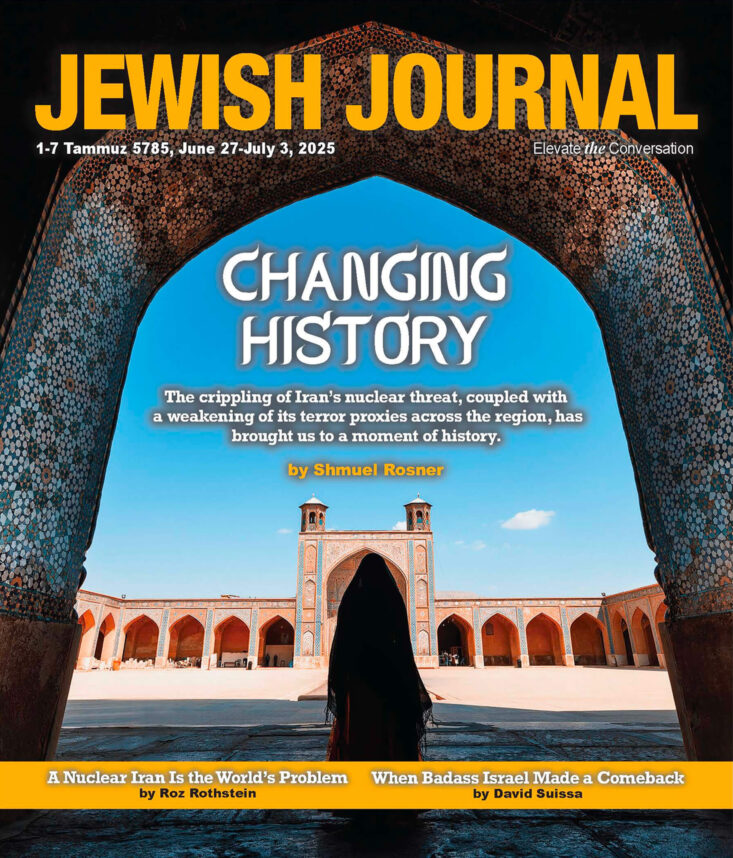
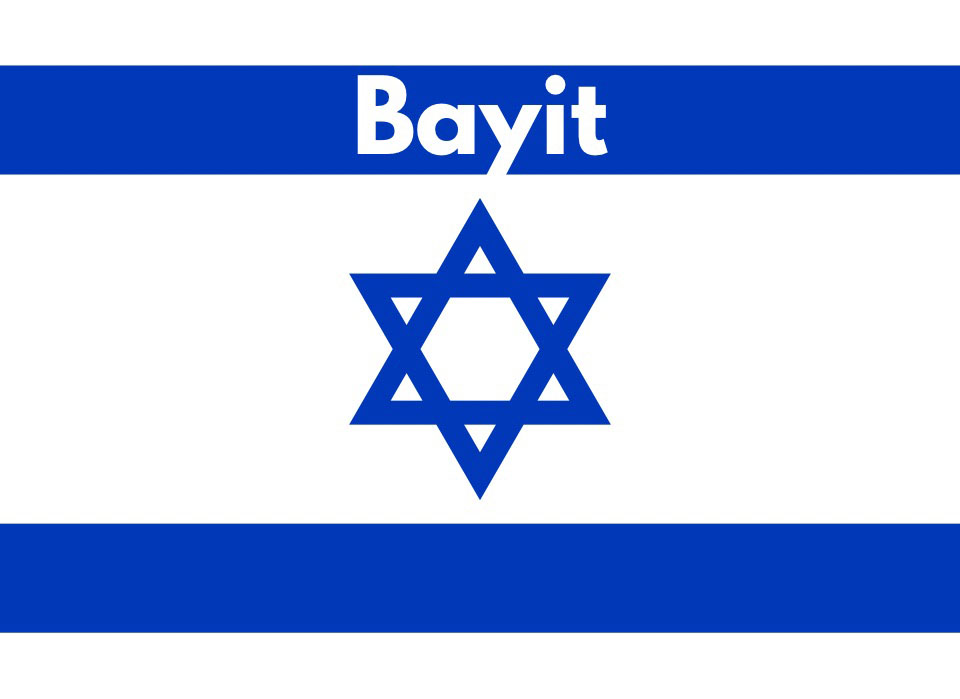
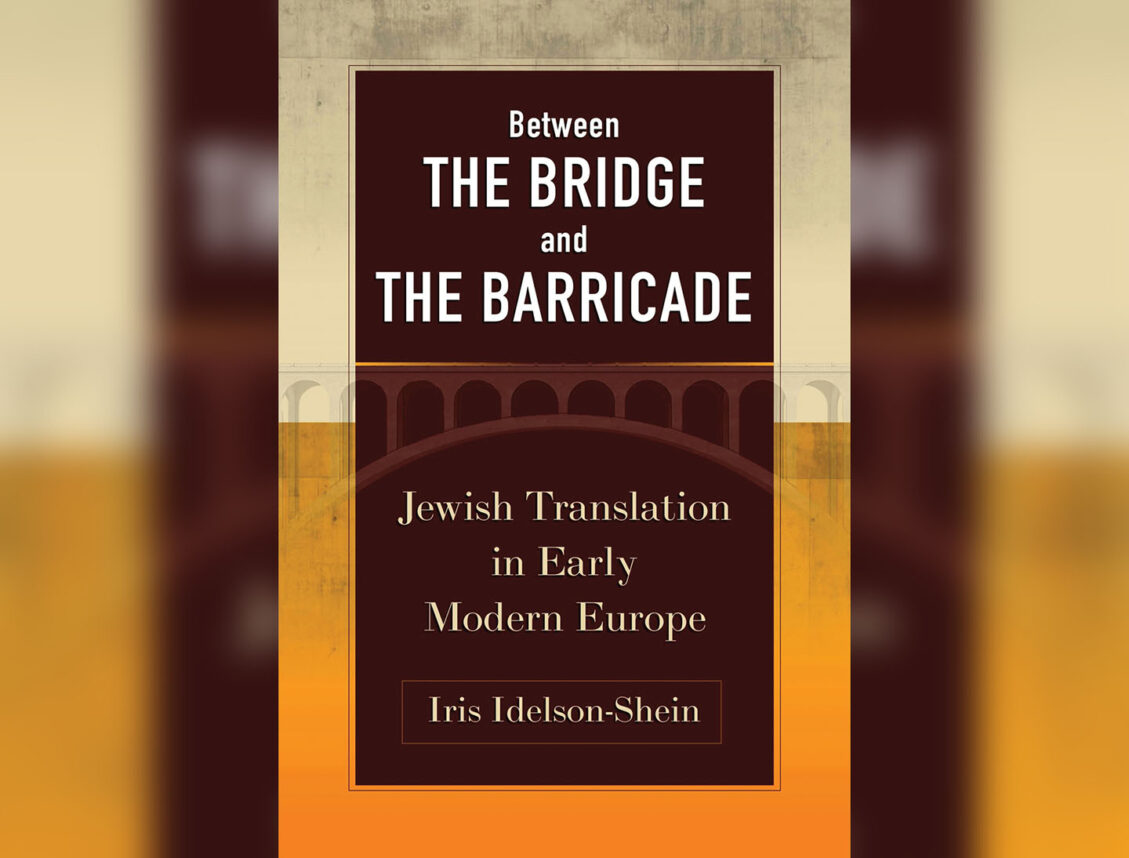

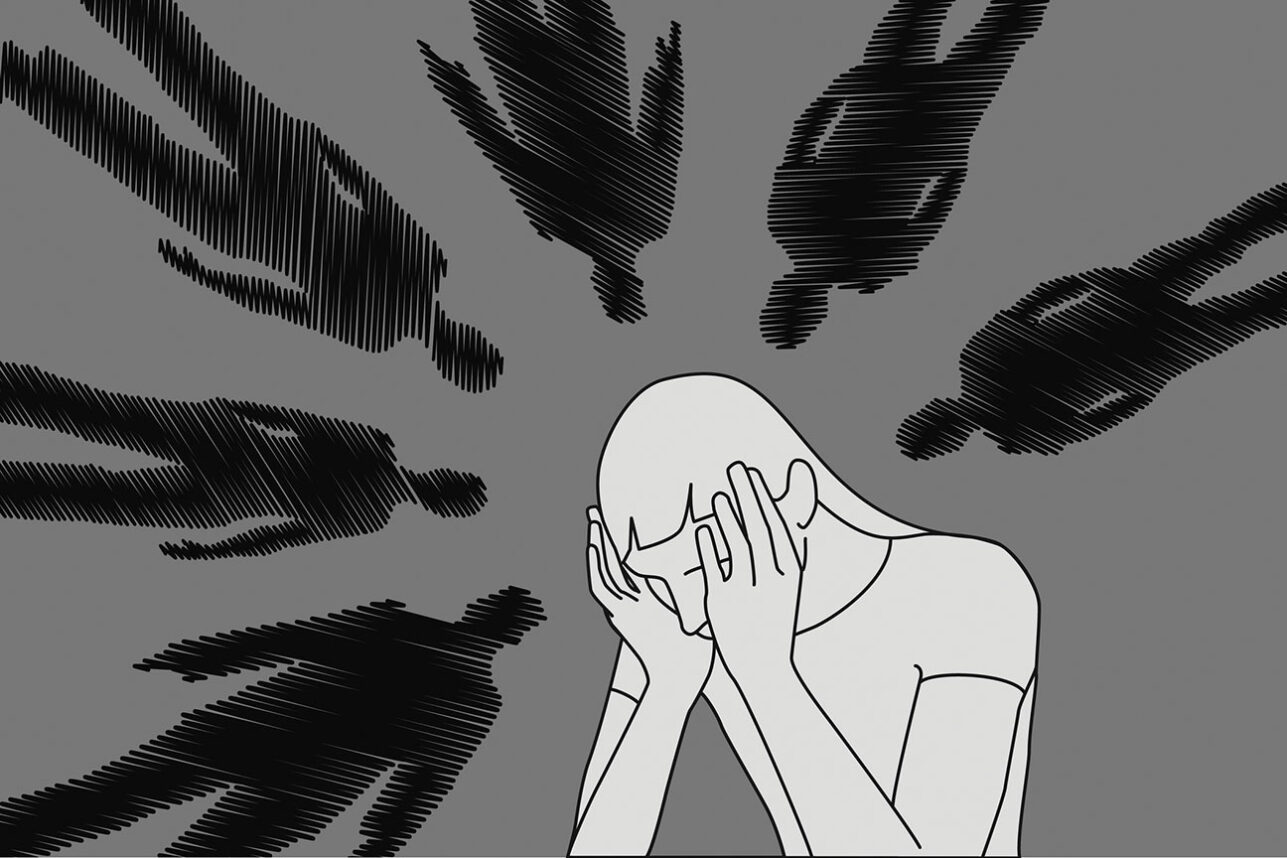
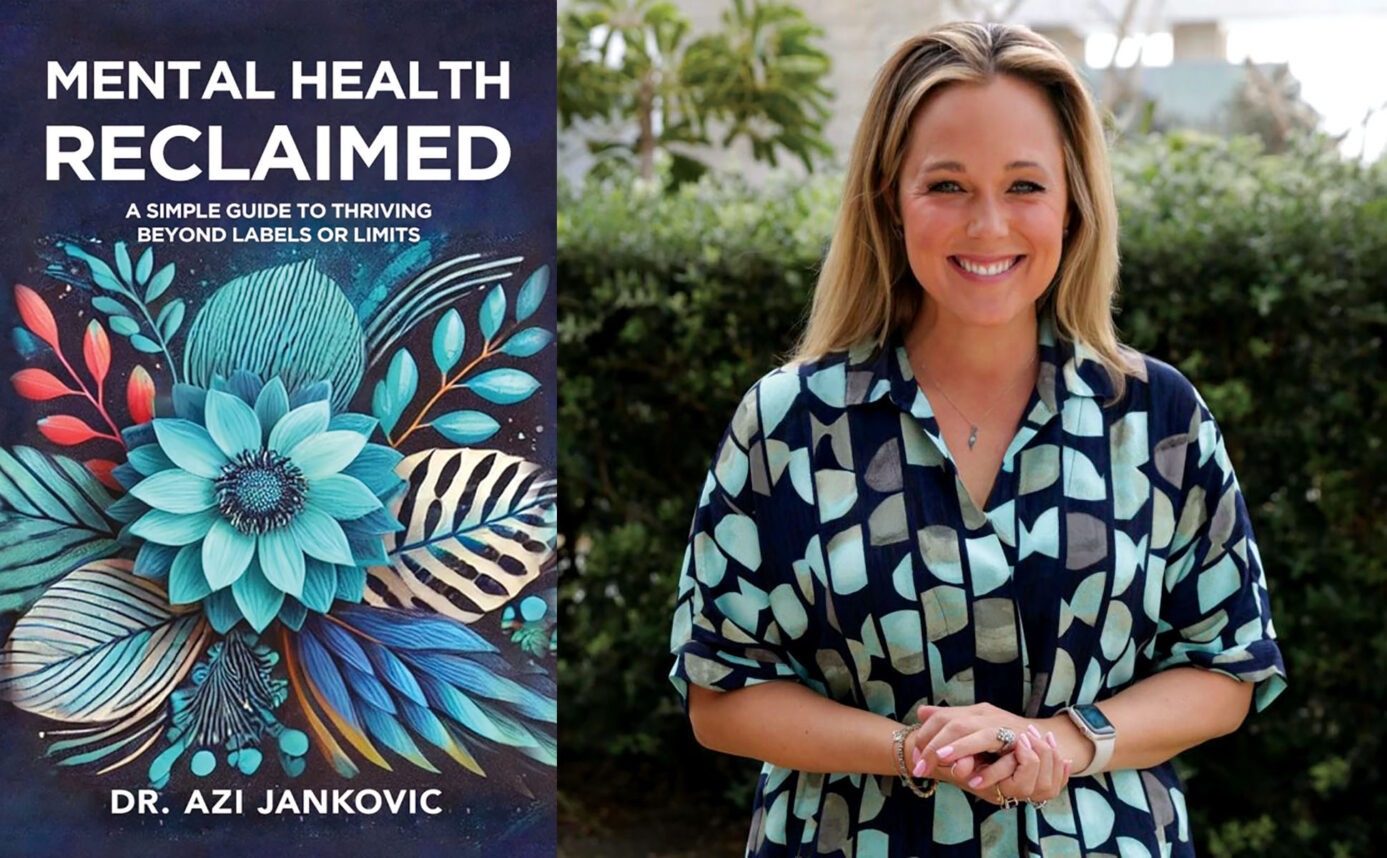
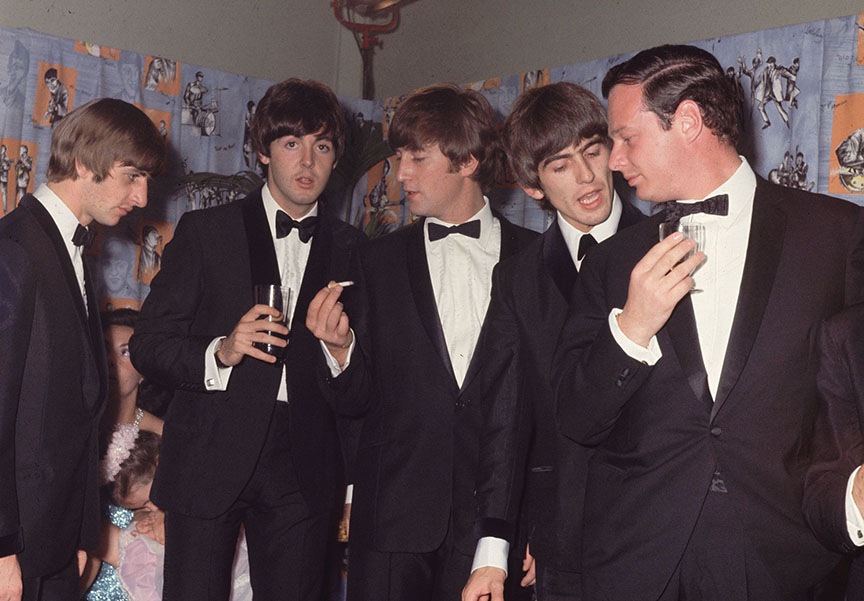



 More news and opinions than at a Shabbat dinner, right in your inbox.
More news and opinions than at a Shabbat dinner, right in your inbox.